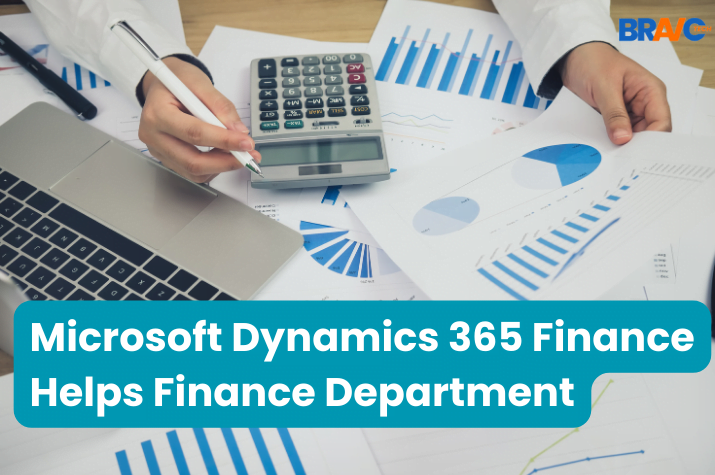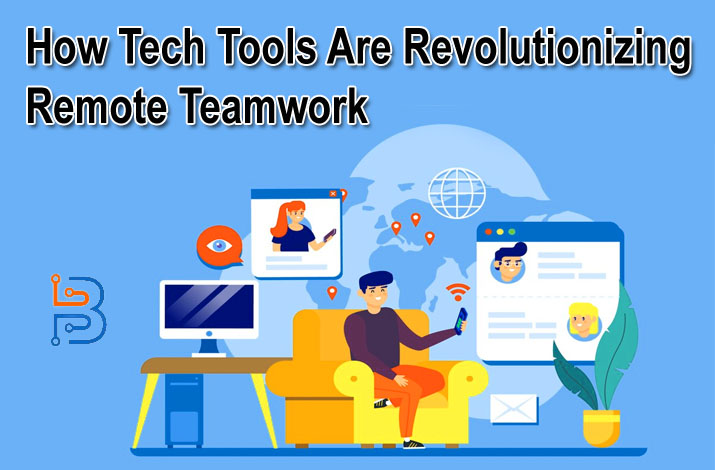Tech Trends 2035 – How SMEs Can Stay Ahead of the Curve

Imagine the world in 10-15 years: the majority of vehicles (cars, planes, ships, drones) are self-driving; people can augment their vision, hearing, and touch with the help of cybernetic implants; business processes become automated, cloud-based and personalized. This is not science fiction, but a realistic prediction of what technology would give us by 2035 (Emerald). Therefore, technology is recharging the world — the way people interact with each other and their environment through new smart services and products — creating new opportunities and challenges for businesses.
However, all this becomes possible by the assistance of IT development companies such as Temy.co, who generously share their expertise in cloud computing, big data, AI, ML, IoT, 5G, and other related technologies, which present numerous opportunities for businesses, regardless of their size. The issues under scrutiny in this article are the major technology trends that will ultimately change the future of SMEs in how they can leverage such trends to stay ahead.
Tech Solutions for SMEs:
In the below section, you will explore the AI/ML, Cloud, VR/AR, IoT, and 5G advantages in SMEs in details for 2035.
AI & ML
Artificial intelligence (AI) refers to the ability of machines to carry out tasks that require human intelligence, such as reasoning, learning, and decision-making, for example, image classification, help desk, or customer segmentation. Machine learning (a branch of AI), allows machines to improve their performance through learning without being explicitly programmed, for example, to forecast sales or sort images.
Together, ML and AI can help SMEs automate processes, increase productivity, improve service quality, and develop new products — to automate customer service, streamline accounting, detect fraud, and gain insights. Businesses use AI and ML to create chatbots, voice assistants, and smart gadgets that can interact with clients and employees.
Cloud Computing and Big Data
Cloud computing is the provision of computing services via the Internet, including storage, processing, and analytics. The most common ones: SaaS, IaaS, FaaS, XaaS (Google knows the difference). Big data is the gathering and analyzing of large and complex data sets to uncover patterns, trends and to make inferences that underline the internal mechanism of the events. The most common ones: HDFS, HBase, Spark, Hive (Developer Knows more about their relationship.)
Cost reduction, efficiency boost, an individualized form of product or service are just 3 main advantages of cloud computing, and big data can give SMEs a leg up. For instance, businesses can employ cloud platforms to handle their operations, work with partners, and access new markets. They are also capable of using big data tools to understand customer behavior, maximize prices and develop successful marketing strategies — crafting individual prices and value for each customer. Temy.co‘s experience suggests — by 2035, it will be general that SMEs make use of different cloud services provided by IT-suppliers due to very attractive prices. That’s why entrepreneurs should migrate their data and applications to the cloud by knowing what cloud strategy to follow.
Critera For SMEs to Move in Cloud Computing
Here are the criteria that will help SMEs navigate to move to the cloud level:
- Infrastructure, software, data, and processes are what you will need to evaluate in your current IT structure to move it to the cloud.
- Needs for features (like AWS, Azure, Google Cloud, or DigitalOcean), security, uptime, and cost; as well as previous experience and communication methods are criteria for selecting a partner as a cloud service provider.
- The workloads you want to migrate, the benefits you expect to achieve, and the methods you plan to use, as well as determining resources and budget should help you develop a migration strategy and schedule.
- As you migrate, monitor the process and evaluate intermediate results — this will help you identify and address any emerging problems, gaps, or opportunities.
The most common problems entrepreneurs encounter when implementing cloud computing and big data are a lack of skills, data, and resources, as well as cost, complexity, and performance. To conquer these problems, SMEs should choose trustworthy and reputable service providers, like Temy, a software development partner for companies that aim to go global, implement the best practices, and follow the standards and the laws.
VR and AR
Virtual reality (VR) is when a computer shows a three-dimensional world that you can interact with using things like headsets and gloves. AR represents the layering of digital objects in the real world with the help of devices including smartphones and glasses. Pokémon Go — remember?

The use of VR and AR enables SMEs to create and deliver evolving interactive experiences to their customers, employees, and stakeholders. For example, SMEs can use the union of these IT techs to present their products and services, provide training and education, and foster teamwork and communication. They can also utilize these high-techs to create new genres of entertainment, arts, and culture.
IoT and 5G
Internet of Things — a network of physical objects that have been equipped with sensors, software, and communications that exchange data and interact with each other. A bright application example of the IoT is smart agriculture — the system of soil moisture, crop health, animal tracking sensors. Besides the agricultural industry, the sectors that can benefit from IoT are retail, manufacturing, healthcare, and education where the key improvement areas are efficiency, quality, and customer satisfaction. 5G technology is the fifth-generation mobile network technology that provides faster speeds, lower latency and bigger connection between the below smart devices than its precursors.
The partnership between the Internet of Things and 5G allows SMBs to connect and control their assets, monitor and optimize their operations, and improve customer experience. In the same way, SMEs can utilize IoT and 5G to monitor their inventory, equipment, and vehicles. They can also use IoT and 5G to support remote working, smart manufacturing and smart cities — these are the most promising IT areas according to Temy.co.
Conclusion
In this article, we answered only the tip of what will shape the future of SMEs and how the last can benefit from IT-tech have been discussed. We also mention some of the benefits, issues, and solutions of SMEs in the course of using these technologies. The World Economic Forum shares the details of 5 key insights on the future-readiness of SMEs.
SMEs need to exercise pragmatism and be responsive to the opportunities and challenges of technological development, given the rapid pace of technological evolution. As the enthusiasts from Temy, a provider of robots as service solutions, emphasize, businesses should invest in innovation, collaboration, and education to make the most of technology and create value for their customers, employees, and society.






